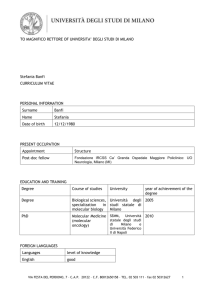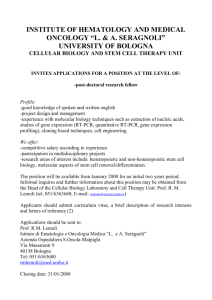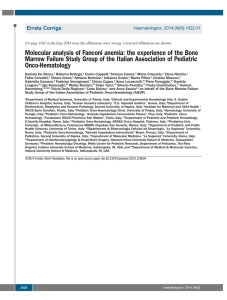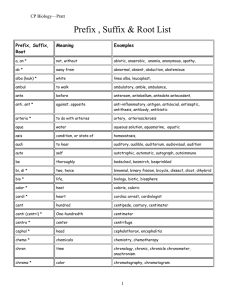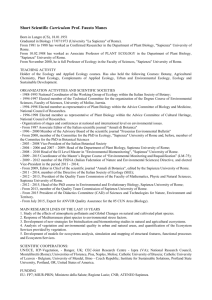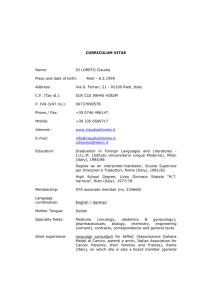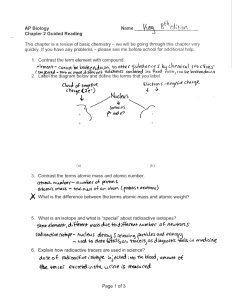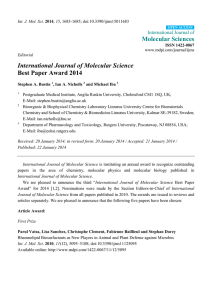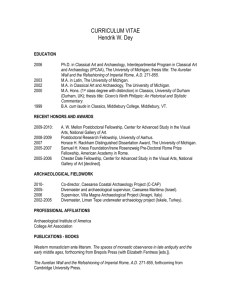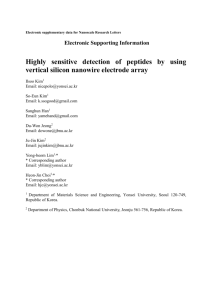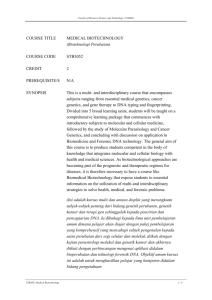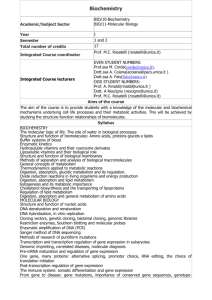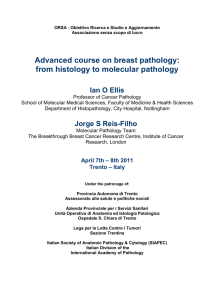SELECTIVE TARGETING BY PEG-MASKED FERRITIN
advertisement
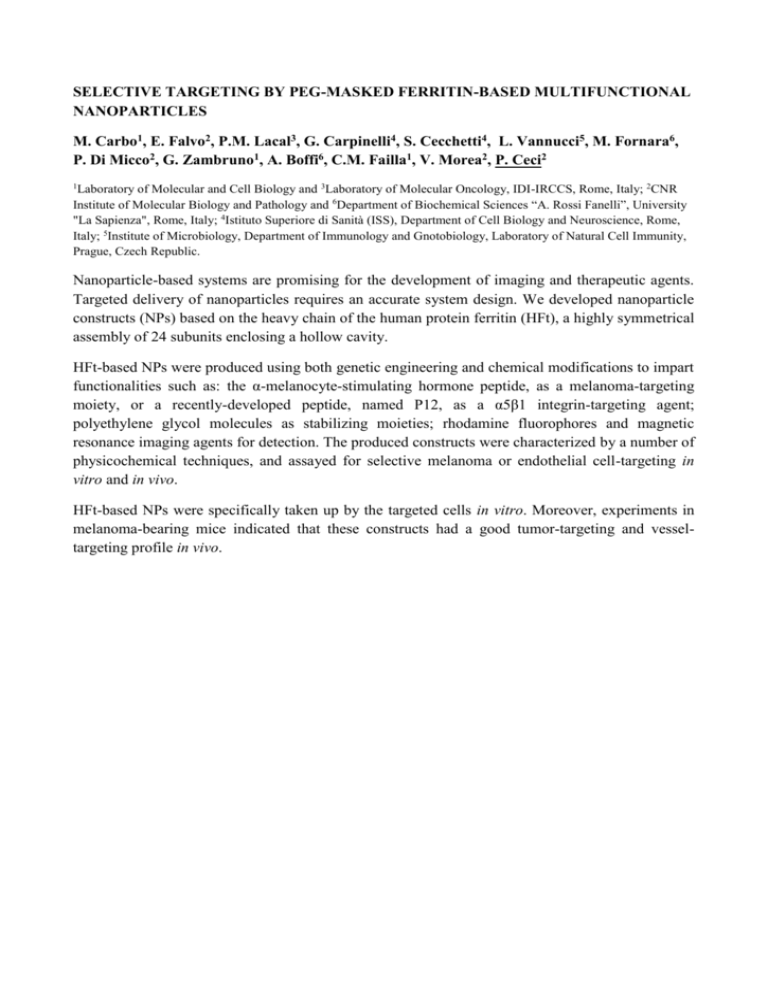
SELECTIVE TARGETING BY PEG-MASKED FERRITIN-BASED MULTIFUNCTIONAL NANOPARTICLES M. Carbo1, E. Falvo2, P.M. Lacal3, G. Carpinelli4, S. Cecchetti4, L. Vannucci5, M. Fornara6, P. Di Micco2, G. Zambruno1, A. Boffi6, C.M. Failla1, V. Morea2, P. Ceci2 1 Laboratory of Molecular and Cell Biology and 3Laboratory of Molecular Oncology, IDI-IRCCS, Rome, Italy; 2CNR Institute of Molecular Biology and Pathology and 6Department of Biochemical Sciences “A. Rossi Fanelli”, University "La Sapienza", Rome, Italy; 4Istituto Superiore di Sanità (ISS), Department of Cell Biology and Neuroscience, Rome, Italy; 5Institute of Microbiology, Department of Immunology and Gnotobiology, Laboratory of Natural Cell Immunity, Prague, Czech Republic. Nanoparticle-based systems are promising for the development of imaging and therapeutic agents. Targeted delivery of nanoparticles requires an accurate system design. We developed nanoparticle constructs (NPs) based on the heavy chain of the human protein ferritin (HFt), a highly symmetrical assembly of 24 subunits enclosing a hollow cavity. HFt-based NPs were produced using both genetic engineering and chemical modifications to impart functionalities such as: the α-melanocyte-stimulating hormone peptide, as a melanoma-targeting moiety, or a recently-developed peptide, named P12, as a α5β1 integrin-targeting agent; polyethylene glycol molecules as stabilizing moieties; rhodamine fluorophores and magnetic resonance imaging agents for detection. The produced constructs were characterized by a number of physicochemical techniques, and assayed for selective melanoma or endothelial cell-targeting in vitro and in vivo. HFt-based NPs were specifically taken up by the targeted cells in vitro. Moreover, experiments in melanoma-bearing mice indicated that these constructs had a good tumor-targeting and vesseltargeting profile in vivo.
